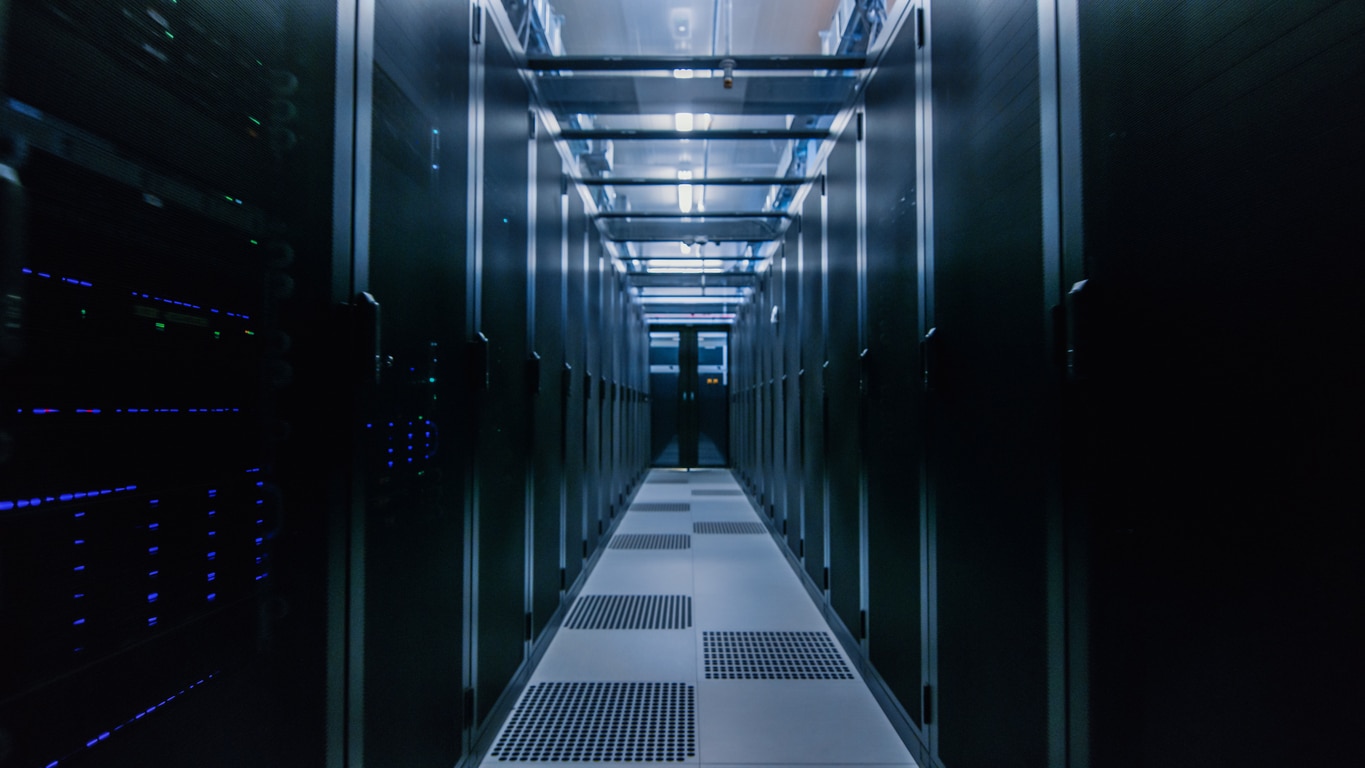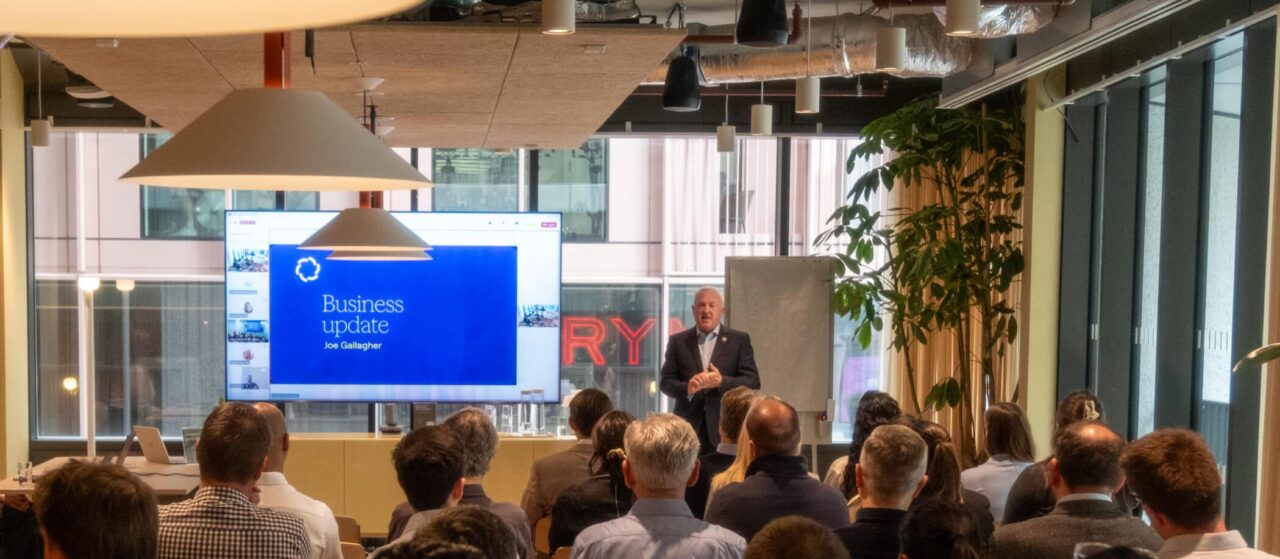It is predicted that by 2025, there will be three times more connected devices than people*. By then, the world will be churning out an estimated 180 zettabytes of data** – with one zettabyte the equivalent to one trillion gigabytes.
This incoming avalanche of data has made edge computing the transformative technology set to revolutionize the way we manage and use information. Edge computing moves applications – and how their data is stored and processed – closer to customers rather than in faraway centralized data centres.
Through the edge, we vastly improve response times by moving applications closer to customers to provide better user experience and enable new advanced services such as immersive experiences, smart spaces, and more efficient manufacturing, logistics, construction. AI-powered applications are being developed at breakneck speed given the great benefits they can provide.
In with the new
Whilst the origins of edge computing can be traced all the way back to the 90s, the recent surge in data traffic coupled with new applications such as the metaverse, self-driving cars, and automated retail have turbo-charged demand and are driving innovation.
Applications are becoming ever more intelligent, and collecting data at faster and higher resolution rates, increasing the need for local storage and processing power. Meanwhile, there is more importance being placed on cost-reduction, improved latency, and offline capabilities.
Interest and appetite from enterprises and application providers alike is increasing exponentially, as they look for an efficient, secure and scalable architecture through which to distribute low-latency applications and services leveraging advanced wireless technologies like 5G SA for consumers, such as gaming, and enterprises, with the IoT for logistics, to name a few.
Our approach
To meet this demand and drive new approaches, Liberty Global has been adding edge cloud computing enterprises to its current roster of some 50 active investments for some time now – all selected because of their potential to revolutionise the user experience.
One such enterprise is AtlasEdge, a joint venture between Liberty Global and data centre specialists Digital Bridge, which brings together the highly-connected real estate assets owned by Liberty Global, and Digital Bridge’s infrastructure and investment expertise.
AtlasEdge has repurposed these assets – a string of lightly-used plant rooms, or “head ends” used to store cables and equipment – and developed more than 100 hyperlocal data centres focusing on low latency services. The result is a fast-growing, scalable entity that’s fulfilling its mission of becoming Europe’s leading edge platform, delivering seamless, localised and ultra-low latency digital infrastructure to its customers.
Another venture partner working on edge computing solutions is EdgeConneX, which started out over a decade ago building telecoms towers, and which now develops data centres of all sizes, including large landmark projects in Amsterdam, Brussels, Warsaw and Barcelona.
Understanding that customer needs will dictate the future shape of edge computing, EdgeConneX is currently scaling fast to support customers needing to get closer to their end users, in areas ranging from machine learning and AI to autonomous vehicles.
These are long-term projects spanning the next five to 15 years, with architecture, latency, and the cost of delivery at their core, and user experience ultimately dictating the size and location of the data centres.
The next frontier
The potential applications of the edge are huge, and industry estimates suggest that three quarters of all enterprise data will be generated from outside existing centralized networks by 2026.
As edge computing evolves, it will continue to place new requirements on the digital infrastructure supporting it. We’re already seeing edge computing and cloud computing converging into what will one day be a seamless continuum, with data and workloads being deployed between the edge and cloud based on requirement.
As a global telecommunications brand with leading infrastructure and network capabilities, we play a critical role in shaping this next wave of digital infrastructure – meeting customer needs, enabling the newest of applications, and developing the digital architecture of tomorrow.
[1] Gartner: What Edge Computing Means for Infrastructure and Operations Leaders
[2] 1 IDC Corporate, “Worldwide IDC Global DataSphere Forecast”








